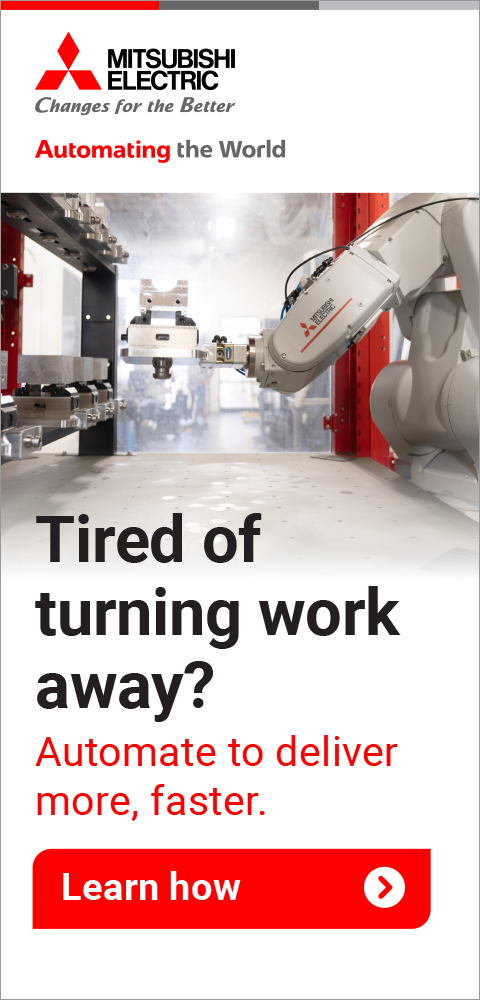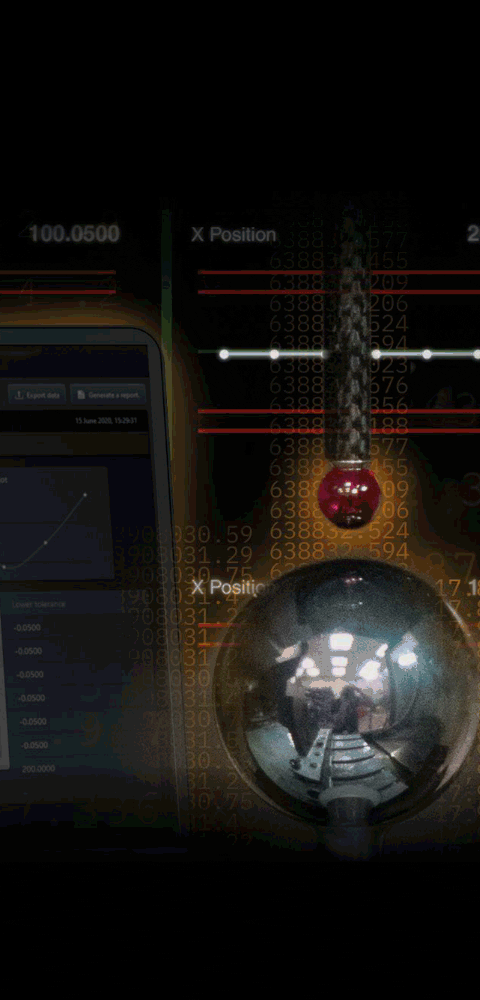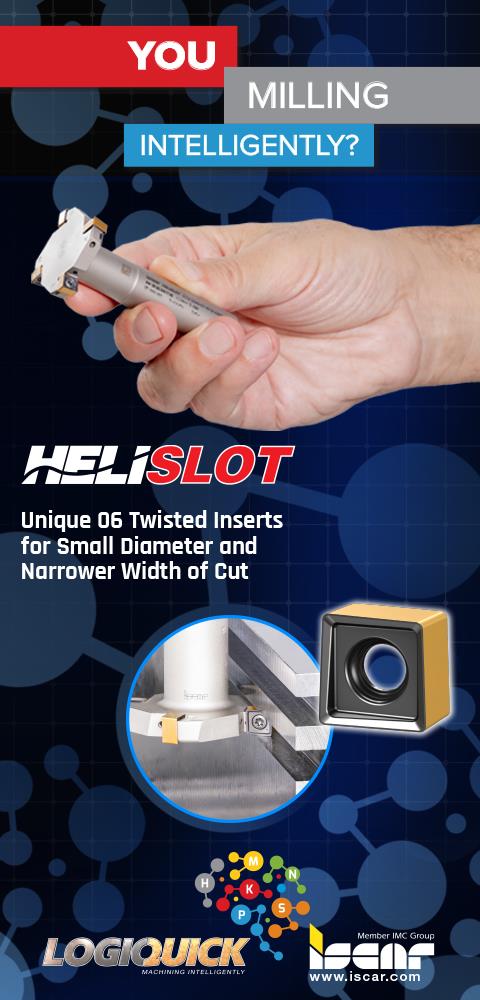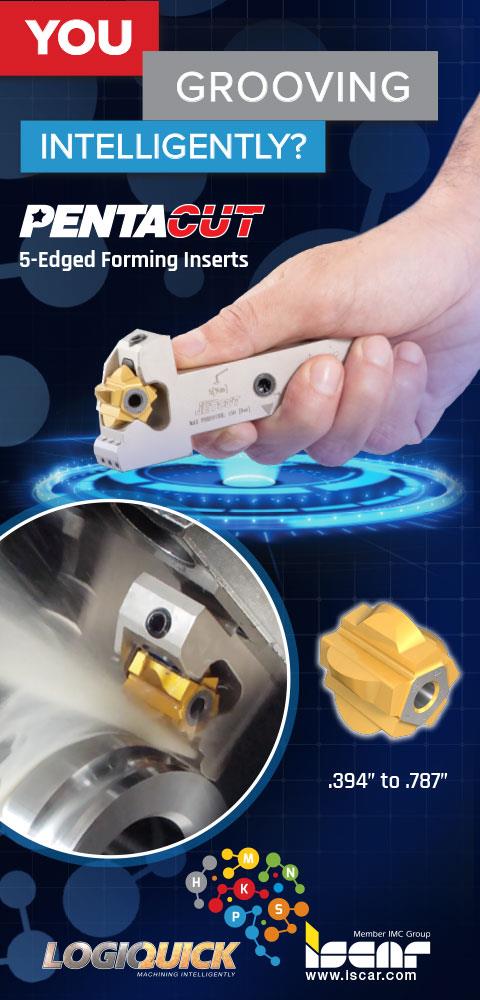






2D Laser Cutting
November 1, 2014
The TruLaser 5030 fiber, a 2D laser cutting machine with a 5 kilowatt solid-state laser, uses the new BrightLine fiber function, exclusive to TRUMPF, to cut stainless steel up to 1" thick. According to the company, BrightLine fiber also enables the laser to produce small holes and tight contours in thick sheet metal while boosting cut quality and productivity in mild steel in the 0.5" to 1" thickness range. It is able to cut all standard material types and thicknesses. Its distinction also means the solid-state laser has now reached an application range that had previously been reserved for the CO2
laser.
The solid-state laser or the CO2 laser can exhibit strengths, depending on the details of the application. To identify the best machine for the customer's application, it is necessary to consider the costs associated with production. For example, when the majority of the parts are cut from medium and thick-gauge stainless steel, the CO2 laser is significantly faster and therefore, more economical. If the shop owner primarily cuts thin sheet metal, the solid-state laser is generally the best choice in terms of cost per part. The two technologies are comparable when dealing with mild steel. However, the overall efficiency of a 2D laser system is influenced by other factors, including automation options.
Additional factors come into play when companies have unusual applications or demands. The solid-state laser, for instance, is best suited for processing nonferrous metals such as copper or brass. Likewise, connection to the TRUMPF LaserNetwork, where a 2D laser cutting machine and a welding cell share a laser source, is only possible with the solid-state laser.
For more information contact:
TRUMPF Inc.
Farmington Industrial Park
Farmington, CT 06032
860-255-6000
www.us.trumpf.com
< back